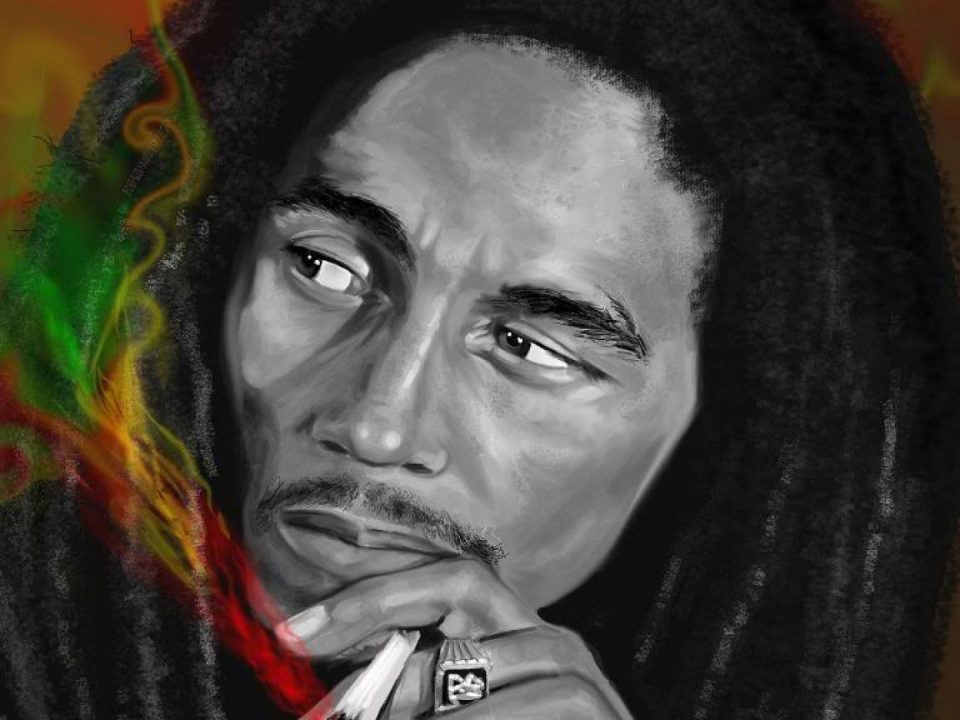Hello world!
May 13, 2021
7 of the Best Reggae Artists Ever
May 14, 2021A surge of Jamaican talent in the likes of the legendary Bob Marley, Toots, Dennis Brown, Garnett Silk and Gregory Issacs infiltrated international borders and introduced the world to a new genre, Reggae. Shortly after the world got a taste of a different spice from the island when, King Yellow Man, Shabba Ranks, and later BeenieMan, Bounty Killer, SeanPaul, and Elephant Man began to make waves overseas with Dancehall.
Since then Reggae and Dancehall music has evolved from simply genres that have for decades defined a people, to genres with a global impact. Having both originated from Jamaica, however, and considerably minuscule details to separate the two, Reggae and Dancehall are often mistaken as being one in the same. So, where does the distinction lie?
In essence, the dissimilarity can be found first in their general sound and secondly in the prevalent themes. The history of both genres puts these differences into perspective.
Reggae music postdates other forms of Jamaican music such as Ska and Rocksteady. It emerged in the 1960s coinciding with the Rastafarian movement. For the most part, reggae artists were heavily influenced by this movement which gave the genre its spiritual core. It bellowed the struggle of a people-centered around issues of poverty, politics, and oppression ‘inna babylon system’. In the same breath, it promotes positive vibrations, peace, and righteous living.
Roots reggae, as it is also known, is characterized by ‘one-drop’ riddims which typically feature Afrocentric influences or acoustics. Lover’s rock is the more romantic side of the genre, mostly apolitical as love and passion take the forefront of the lyrical content. Popular reggae song includes Stir It Up by Bob Marley and Here I Come by Dennis Brown.
Often referred to as reggae’s rebellious cousin, Dancehall music emerged as an underground genre almost two decades later. Sound systems began springing up on street corners attracting large crowds of locals, resembling a dance hall, hence its name. Artistes would toast (similar to rap) over digital riddims (rhythms) as opposed to the usual playing of prerecorded music. The fast-paced tempo laid the foundation for a genre with dancing, sexuality and “gangster life” at the heart of it. The dancehall market was initially concentrated in Jamaica especially for the members of the inner-city communities. It was often seen as very coarse and raunchy with no apologies. Some prime example of this includes Love Punany Bad by Shabba Ranks and Boom Bye Bye by Buju Banton.
Artists like Capleton and Sizzla later introduced a more conscious side to the dancehall through the influence of the Rastafarian movement. Buju Banton and Anthony B were also strong contributors in this category with songs like Untold Stories and Damage respectively.
Essentially the two create completely different vibes. Reggae has a reserved personality as opposed to dancehall’s exuberant demeanor. Hardcore excitement pulsating through your stereo is typical of dancehall music. It is raw and uncut as it delivers the common reality of the everyday Jamaican. Dancehall is also more dynamic than Reggae as it is known to introduce new ideas from slangs to fashion fads to dance moves. On the flip side, Reggae is feel-good music, a subtle chimer. Head bops and steady rocks as you drift to a meditative state, that’s the power of Reggae. Bob Marley’s words best sums up the genre when he noted, “…when it hits you, you feel no pain.”



